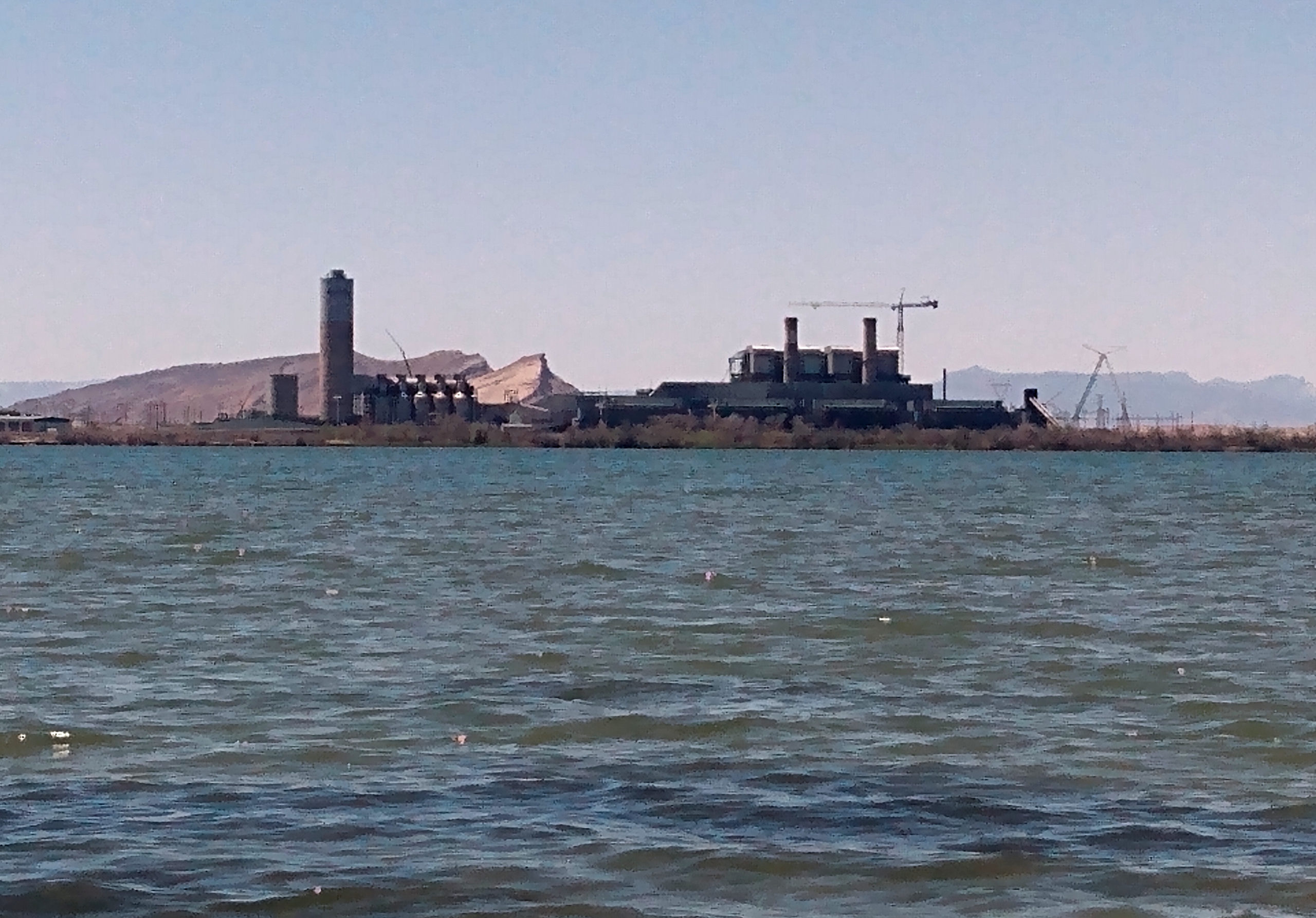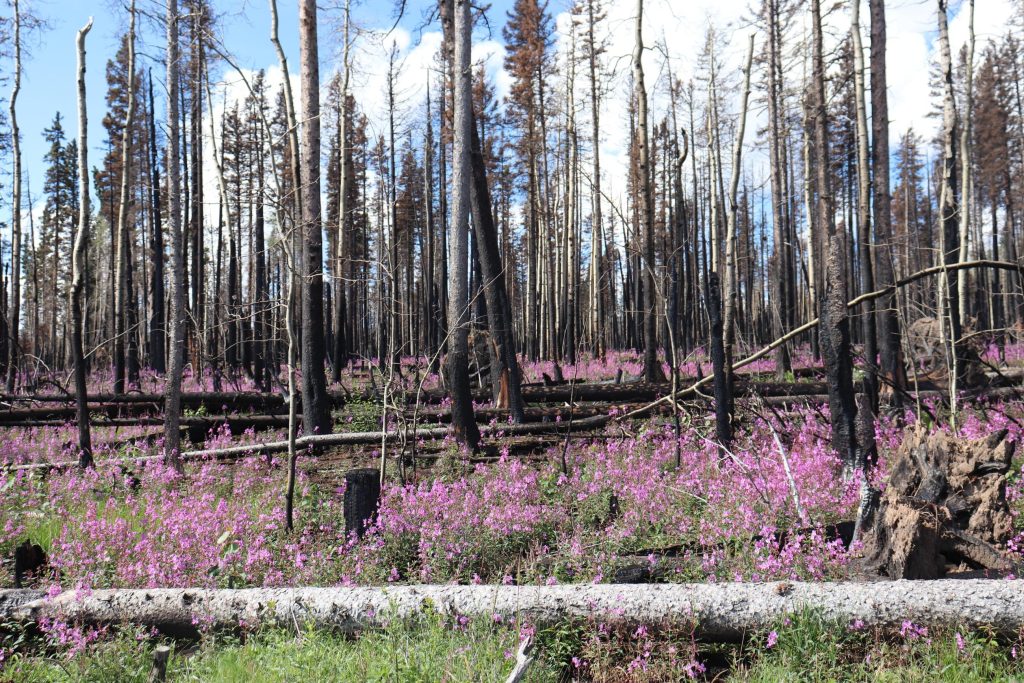A U.S. Supreme Court decision issued Thursday limits the ability for the U.S. Environmental Protection Agency to implement measures to combat climate change.
In a 6-3 ruling, the high court ruled that Congress did not give the EPA the authority to devise emission caps “based on the generation shifting approach the Agency took in the Clean Power Plan” when it passed the Clean Air Act.
This ruling has broad implications, according to Andrew Twinamatsiko, an associate director of the Health Policy and the Law Initiative at the O’Neill Institute for National and Global Health Law at Georgetown Law. In a statement following the decision, he said the ruling “is a huge blow to any hope of meaningful effort to combat climate change.”
“With a stroke of a pen, the Court has upended the regulatory framework upon which Congress and federal agencies have relied for almost a century to adopt and implement federal legislation,” he said. “Through the Clean Air Act, Congress authorized the EPA to set guidelines to reduce emissions, in line with its long reliance on regulatory agencies. The EPA, as directed by Congress, then adopted the Clean Power Plan in 2015. But today, the Supreme Court ruled that Congress’ clear directive to the EPA was not “clear” enough. Even more concerning, the Supreme Court was so eager to constrain EPA’s power that it ruled on this case even though the Clean Power Plan is no longer in place.”
President Joe Biden said in a statement that he has directed his legal team to work with the U.S. Department of Justice and agencies impacted by the decision to find ways to continue to protect communities from harmful pollution, including greenhouse gas emissions.
“Since the Clean Air Act was passed by a bipartisan majority in Congress in 1970, the landmark law has enabled both Democratic and Republican administrations to protect and improve the air we breathe, cutting air pollution by 78 percent even as our economy quadrupled in size,” Biden said. “Yet today’s decision sides with special interests that have waged a long-term campaign to strip away our right to breathe clean air. We cannot and will not ignore the danger to public health and existential threat the climate crisis poses. The science confirms what we all see with our own eyes – the wildfires, droughts, extreme heat, and intense storms are endangering our lives and livelihoods.”
Biden said he will work with states and cities to “pass and uphold laws” addressing emissions and he said he will push for additional Congressional action “so that Americans can fully seize the economic opportunities, cost-saving benefits, and security of a clean energy future.”
“Together, we will tackle environmental injustice, create good-paying jobs, and lower costs for families building the clean energy economy,” Biden said. “Our fight against climate change must carry forward, and it will.”
U.S. Sen. Ben Ray Luján, a New Mexico Democrat, described the ruling as undercutting the EPA’s regulatory authority.
“With historic wildfires and drought raging across New Mexico, we must act to meet the existential challenge posed by climate change. Today, the Supreme Court undermined the federal government’s ability to do just that. This decision jeopardizes the EPA’s authority to regulate greenhouse gases, such as carbon dioxide and methane,” he said in a statement.
Luján, as well as 190 Democratic Party members of Congress including U.S. Sen. Martin Heinrich, also from New Mexico, submitted an amicus brief to the court earlier this year arguing that Congress had indeed intended the EPA to have what Lujan described as “broad authority to use their scientific expertise to regulate air pollution under the Clean Air Act.”
“This is a critical federal responsibility at a time when the dangers of climate change are plainly visible in New Mexico and across the country,” he said.
Unlike other cases such as Dobbs v. Jackson which overturned Roe v. Wade, the case—West Virginia v. EPA — centers around repealed regulations. Therefore, rather than having an immediate tangible effect, it limits future actions by the EPA.
The repealed regulations—the Clean Power Plan—sought to limit the emissions from coal-fired and natural gas power plants, a move which opponents claimed led to the early retirement of power plants throughout the United States. Then-President Donald Trump repealed the plan, but economics and consumer pressure have led to continued announcements of coal-fired power plants retiring early. According to the U.S. Energy Information Administration, more than a quarter of existing coal generation will be replaced by other sources by 2035.
Heinrich criticized the Supreme Court as having a “radical-conservative and wildly out-of-touch majority” which, he further said, “undermined the federal government’s ability to use the Clean Air Act to protect our clean air and clean water from harmful climate warming pollution.”
Heinrich said the ruling will limit the EPA’s ability to use science and develop rules to protect the planet and human health from harmful emissions.
“The science is indisputable that these hydrocarbons are fueling more destructive wildfires, reducing our snowpack, and contributing to the worst drought that New Mexico has experienced in 1,200 years,” Heinrich said in a statement. “If we fail to curb this pollution, we risk significantly greater damage to our landscapes, watersheds, and health. The Supreme Court just took away one of our most important tools to address this existential threat to our planet.”
At the crux of the argument is Section 111 of the Clean Air Act.
In the opinion written by Chief Justice John Roberts, the court states that prior to the Clean Power Plan, the EPA had only used Section 111 a handful of times since the Clean Air Act passed in 1970.
“Under that provision, although the States set the actual enforceable rules governing existing sources (such as power plants), EPA determines the emissions limit with which they will have to comply,” Roberts wrote.
Under President Barack Obama, the EPA implemented the Clean Power Plan, which set state-by-state greenhouse gas emission standards that every state had to meet by 2030. One way the states could meet those goals was by phasing out coal-fired power plants in favor of cleaner energy sources.
Roberts wrote that prior to 2015, Section 111 emissions limits had always been based on using measures to reduce emissions at a regulated source in a way that would make it operate more cleanly and the EPA had not used Section 111 to implement a system that would reduce pollution by shifting to cleaner sources.
The plaintiff states, led by West Virginia, say that the EPA used Section 111 to implement emission regulations for power plants that the plaintiffs say are “impossible for coal and natural gas power plants to meet without limiting operations, shutting down, or subsidizing investment in alternate electricity generation that EPA preferred.”
Many of the states, including West Virginia and Wyoming, are places where coal-fired power plants or mining has served as a backbone of local economies.These states are facing economic challenges as coal-fired power plants nationwide, and in much of the world, are closing in favor of cleaner and more affordable energy sources such as wind and solar.
In 2016, as Roberts noted, the Supreme Court stayed the implementation of the Clean Power Plan pending judicial review.
While the case focused on the Clean Power Plan and its impacts on fossil fuel electricity generation, the plaintiffs in their petition also mentioned in their petition other areas that the EPA is seeking to regulate emissions that they feel are outside of the EPA’s authority. That includes regulation of methane, which the EPA is currently developing rules relating to methane emissions from oil and gas.
And the ruling could have ripple effects beyond just the EPA.
Lawrence Gostin, faculty director at the O’Neill Institute for National and Global Health at Georgetown Law, said in a statement that, when the Supreme Court took up the case, “it was never simply concerned with the EPA’s Clean Power Plan from 2015 — a plan which was never implemented.”
Instead, Gostin argued, the move was “part of the conservative Court’s larger agenda to gut the regulatory state and decimate executive powers to protect Americans’ health and safety. In a stark departure from its own precedent, the Court refused to defer to the EPA’s interpretation of its statutory authority, tying the agency’s hands in responding to what is likely the biggest threat of our generation, climate change. But the breadth of this opinion goes beyond the EPA’s ability to regulate the environment and touches the authority of all federal agencies that issue regulations to protect our environment, health, and safety. The ripple effects of this decision are profound, and could hamstring agencies like [the Centers for Disease Control and Prevention, Occupational Safety and Health Administration], EPA, [the Food and Drug Administration and the Centers for Medicare and Medicaid Services]from regulating a huge number of issues.”
Twinamatsiko also expressed concern that the ruling could impact other federal agencies and described it as “sadly yet another stop on the Court’s path to handcuff federal agencies and follows recent decisions to gut the CDC and OSHA’s power to fight COVID-19.”





















